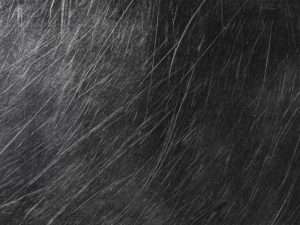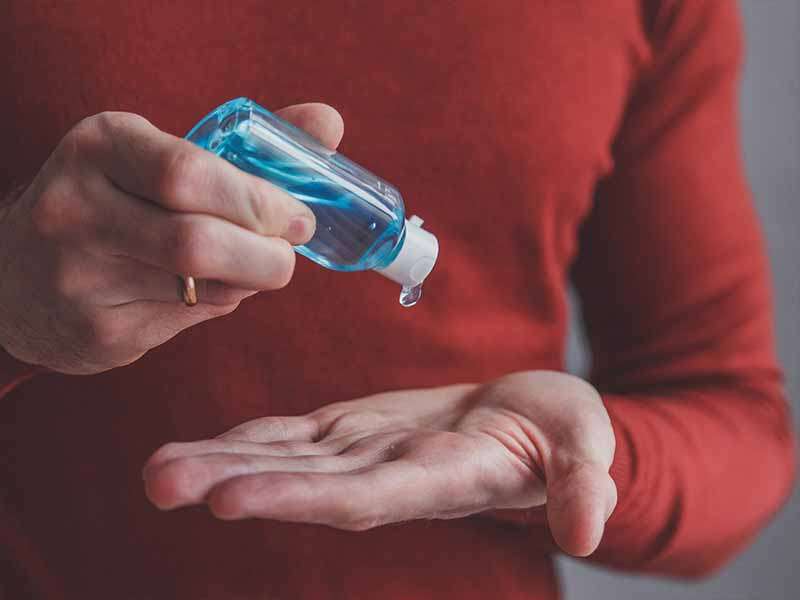Table of Contents
- What Is Cleaner Wax?
- What Does Cleaner Wax Do?
- What's the difference between cleaner wax and normal wax?
- Is cleaner wax bad for your car?
- Disadvantages of Cleaner Wax
- When should you use a cleaner wax?
- Is cleaner wax the same as polish?
- How do you use cleaner wax?
- How often can I use cleaner wax?
- What to use after cleaner wax?
- Helpful Links
- Conclusion
Cleaner waxes are great time-saving products. They are what is commonly referred to as an all in one or one step products. They combine the benefits of two products, polish and wax, into a single product that will polish and protect your finish.
A cleaner wax isn’t the right product for everyone though. Keep reading to learn more about cleaner wax and whether it’s the right choice for your detailing needs.
What Is Cleaner Wax?
Cleaner wax is an all-in-one product that combines car polish and car wax into a single product and makes polishing and waxing a one step process.
The process of polishing a car and the process of waxing a car can be long and tedious. Cleaner wax cuts the time in half by combining both tasks into one.

What Does Cleaner Wax Do?
Cleaner wax is a polish and a wax.
As a polish, it can remove:
- Old Waxes
- Swirl Marks
- Scratches
- Light Oxidation
- Surface Contaminants
- Other Imperfections
As a wax, it can:
- Protect from Ultraviolet Rays
- Protect from Environmental Contaminants
- Make Car Washing Easier
- Add a Deep Gloss and Shine
What's the difference between cleaner wax and normal wax?
A cleaner wax is essentially a normal finishing wax that has had abrasives and cleaning agents added to it to help it polish away surface defects and remove paint defects.
Once polishing and the contaminant removal process is complete, it leaves behind a protective paint sealant or finishing wax unlike typical polishes.
Is cleaner wax bad for your car?
Cleaner waxes aren’t products that should be used regularly, but they aren’t bad for your car. It’s formulated with strong cleaning chemicals and harsh abrasives that are designed to remove paint contaminants and imperfections from your car’s clear coat.
Your daily driver will collect minor surface defects and environmental contaminants over time. Cleaner waxes remove a thin layer from the surface of clear coats. During this removal process, they remove minor surface defects such as light swirls and scratches in the paint and bonded microscopic road grime and environmental fallout that normal car care and washing can’t remove.
Occasionally use of cleaner waxes to remove these defects and surface contaminants will help restore a high gloss and leave the surface of your paint smooth and with a layer of protection.

Disadvantages of Cleaner Wax
Have you ever heard the saying “Jack of All Trades, Master of None”? This sums up most products that try to do multiple things. A cleaner wax isn’t the best wax or the best polisher, nor will it give you the best results. But it will cut a big job in half.
The 80 20 rule states that 80% of the outcome is due to 20% of the input. In this case you can get 80% of the results by focusing on that 20%.
If you want to squeeze the most out of your hard work you can purchase two separate products to shine and protect your vehicle and do twice the work to get that extra 20% of results, but most people will be more than satisfied with the outcome of a good cleaner wax.
When should you use a cleaner wax?
Cleaner waxes should only be used when necessary to remove light surface contamination and light clear coat scratches. If your vehicle doesn’t have a large amount of defects in the surface and the finish feels glassy smooth to the touch, there isn’t any point in using a cleaner wax.
Cleaner waxes remove a thin layer from the top of your paint. Unnecessarily making your paint thinner only reduces the amount you can polish it later when you may need that extra thickness to restore the finish.
Is cleaner wax the same as polish?
Cleaner waxes are very similar to polish but not quite the same. The difference between cleaner waxes and polishes is that cleaner waxes contain a finishing wax or sealant with the polishing abrasives and chemical cleaners.
This means that when you’re done polishing your car or truck, a cleaner wax will leave behind a layer of protection, eliminating the need to apply a wax or paint sealant afterward.

How do you use cleaner wax?
Cleaner wax can be applied by hand or with a dual action polisher. You apply a bit of liquid product to the polishing pad, dab it around the area you’re working on, and then polish the area.
If you’re polishing by hand, use circular motions as you go.
If you’re using a DA polisher, work in 2 foot by 2 foot sections and move the polisher horizontally. Repeat in the opposite direction, being sure to overlap with the previous path to ensure no area is missed.
Once the area is polished horizontally, repeat the process vertically.
When you’re done, you can buff away the remaining cleaner wax and your dull finish should now be restored to a high gloss.
How often can I use cleaner wax?
It’s generally considered safe to polish a car or truck 4 to 5 times over the factory paint’s usable life. Any more than this and you can compromise the integrity of the clear coat which contains protective UV inhibitors that help prevent paint fade and oxidation.
While you may have enough paint thickness to polish several times, you may have purchased your vehicle second-hand and not know how many times it may have already been polished. If you’re concerned that you may have less paint to polish down than may be acceptable you can use a paint thickness gauge to work out if you’re okay to polish again.
What to use after cleaner wax?
The great thing about cleaner waxes are that you don’t need to use anything after using them. You can simply buff the excess away with a microfiber towel and walk away.
Polishing a car is a big job and having to follow up that entire process with the application of a paint protection product can be daunting. This is why cleaner wax was invented.
If you would prefer to apply a certain paint sealant or a product like a ceramic coating, you not want to use a cleaner wax and should use a polish instead. This way you won’t need to remove the residual wax left over.

Helpful Links
Conclusion
Car detailing is a labor intensive job. Daily drivers aren’t going to be able to achieve the finish perfection of show cars. The slight compromises that a cleaner wax has don’t outweigh its ability to protect and restore your paint.
Show cars may warrant using 2 dedicated products and twice the work, but I suspect most of us will be more than happy with the outcome cleaner waxes can provide in a single pass.










